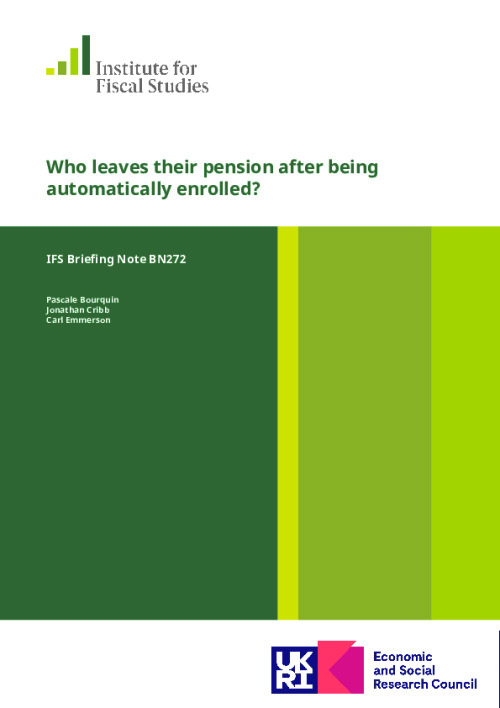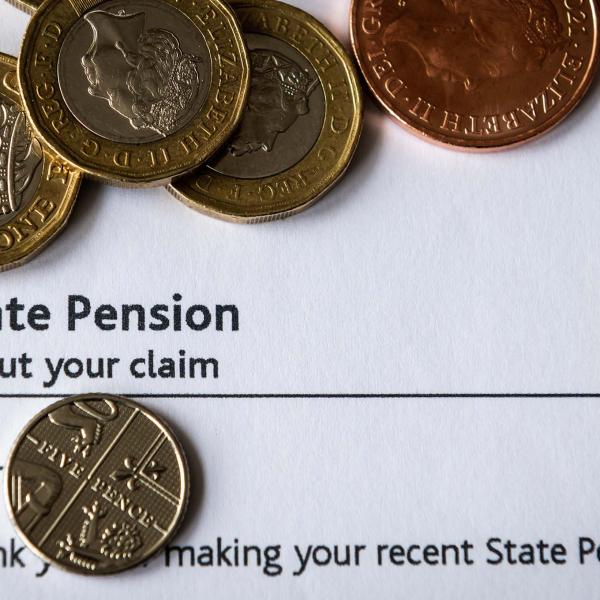Since 2012, automatic enrolment has led to a substantial boost in the number of employees saving for their retirement in a workplace pension plan in the UK. This policy, first suggested by the Pensions Commission in 2005, and legislated for in 2008, has transformed the private pensions landscape, with 10 million employees automatically enrolled by 2019. Estimates from the Department for Work and Pensions (2017) suggested that by 2019–20, an additional £17 billion per year would be saved into workplace pensions as a direct result of automatic enrolment.
It is currently unclear why around 10% of affected employees are actively choosing not to save for their retirement in a workplace pension.
In this report, we seek to understand what the drivers of participation (or non-participation) in a workplace pension plan are in an environment of automatic enrolment.
Key findings
Automatic enrolment has boosted workplace pension participation in the UK through two key mechanisms
The first is increasing the number of employers that offer pensions and the second is defaulting employees into them. Both have been important in driving up pension participation, with the former being more important among smaller employers which typically prior to automatic enrolment were not offering a workplace pension.
Automatic enrolment has substantially reduced the gaps in pension participation between different types of employees – for example, between old and young and between high and low earners
Before automatic enrolment, only 20% of eligible 22- to 25-year-olds participated in a workplace pension, compared with 88% afterwards. For eligible 51- to 55-year-olds, the increase in pension participation has been from 55% to 93%.
Under automatic enrolment, the pension participation rate of eligible employees who are behind on multiple bills (89% in a pension) is almost indistinguishable from that of those who are up to date with them (92%)
Before automatic enrolment, those behind on multiple bills were much less likely to save in a workplace pension (23% in a pension) than those who were up to date (49%).
Among the eligible employees who are most financially secure, 95% are in a workplace pension, up from 72% before automatic enrolment was introduced
It seems likely that there are very few among this group who are leaving their pension scheme but who would be better off remaining in it. Much of the increase in overall pension participation under automatic enrolment comes amongst people who are relatively financially secure.
Pension participation amongst the least financially secure 3% of the eligible workforce is still 90%, up from just 22% before automatic enrolment
It is likely that there are significant numbers in this group who would be better off leaving their pension, at least temporarily, to have higher disposable income. Practically all of these employees have less than £1,500 in liquid savings, and could potentially benefit from a ‘rainy day’ fund.











